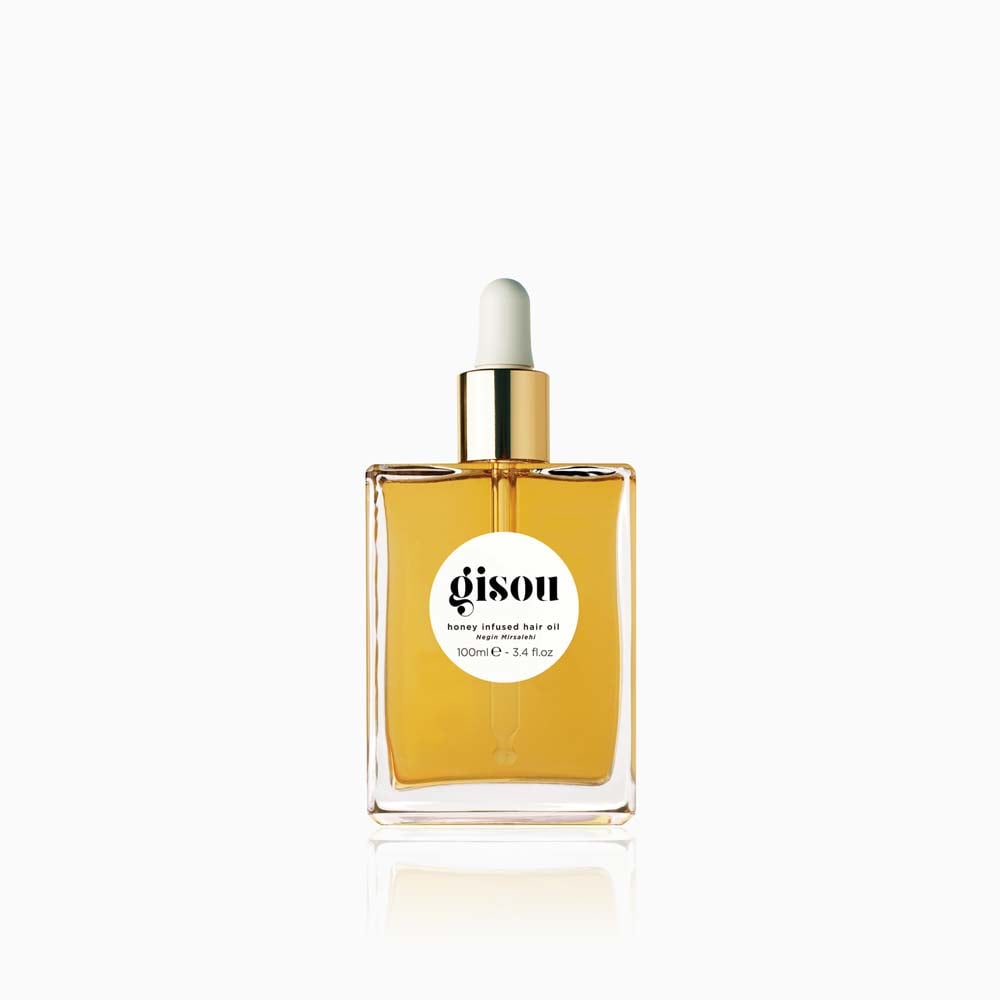Beepeeking with Negar: How To Winterize Bees + Fall Beekeeping Checklist
Beepeeking at Gisou is all about giving you, our community, a peek inside the world of bees & beekeeping. As our Beekeeper-In-Chief, Negar Mirsalehi is excited to bring you along with her beekeeping activities!
“While bee season has sadly come to an end, our bees are busy getting ready for fall and winter. There are a few things us beekeepers can do to support the bees before the first frost arrives. Keep in mind that even though we help our bees to get ready for winter, interfering too much can work against the bees.”
How bees survive during the winter
The main task for honey bees during winter is to keep the hive warm to survive winter. When temperatures drop, bees retreat to their hive and form a winter cluster to keep warm.
It is said that honeybees make honey during spring and summer because they don’t hibernate the way mammals do, so they need food to survive winter. Even though pollen is essential for bees during the bee season, honey is what gives them the most energy during winter. They are very careful not to waste any of their honey stores, which is why drones are evicted from the hive at the end of summer, as I mentioned in our last Beepeeking update.
The main causes of winter losses are starvation, varroa mite infestation and excess moisture in the hives. All of these can be managed by the beekeeper. Winterizing bee hives is done during fall and consists of a few steps which will help your bees successfully live through winter.
Checklist for winterizing bee hives
So how do you winterize beehives? This is what beekeepers can do during fall to help the honey bees prepare for winter:
- Make sure you have checked and treated your colonies for varroa mites.
- Combine weaker colonies because a weak colony will not survive winter.
- Check the bees’ food storage and feed them to prepare them for winter.
- Remove unnecessary space in the hive. Give the bees in the smallest space possible to overwinter by removing empty boxes. This will prevent heat diffusion, keeping the bees from wasting unnecessary energy while they warm up the hive.
- If your hive is located in a windy spot, a wind buffer will help regulate the temperature inside the hive.
- Reduce the size of the hive entrance with an entrance reducer. This helps to defend against opportunists who want to rob the hive.
- When bees cluster, they produce heat. When that heat rises, condensation occurs, which causes (sometimes freezing) water droplets to fall onto the bees. To stop this from happening, an airflow system is required.
- Check with other local beekeepers to prepare for local weather conditions.
Month-by-month beekeeping guide to prepare for fall and winter
August: Hive inspection and varroa mite control
Make sure that the colony has a laying queen. Look for eggs, larvae and sealed brood. Make sure your colony is healthy and strong for winter. Winter bees have larger fat bodies to help them live longer. This is of great benefit since the colony has limited capabilities to raise more brood during the cold winter months.
Varroa mites feed on their fat bodies, therefore keeping the varroa population as low as possible during the winter is critical. We also check our colonies for varroa mites and we treat them on time before the winter bees are raised.
September: Check on their food
Make sure that when you harvest honey, only to take the surplus of honey in order for the bees to have enough food storage for winter. In case there is not enough, make sure you feed the bees with sugar syrup, sugar fondant or with honeycombs from other colonies.
An experienced beekeeper like my dad just lifts the back of the hive with one hand to determine whether they need extra food or not. Reduce the hive entrance when feeding and feed in the evening to prevent robbing. Always try to finish winter-feeding by early September.
October: Winterizing bee hives
When bees cluster in the winter, they produce heat and evaporation. The water droplets rise with the heat coming off the cluster and collect at the top of the hive. Away from the cluster, the water cools and approaches freezing. This water can drip down on the cluster, freezing and killing the bees. An airflow system, which makes sure that wet air can leave the hive and minimize condensation, is required to prevent this.
What else needs to happen in winter?
In winter it gets too cold to intervene with the hives. When temperature rises outside, bees will leave the hive momentarily to relieve themselves of waste (cleansing flights).
In December we conduct another varroa treatment, and besides that we patiently wait for spring to arrive for the first spring inspections!

















